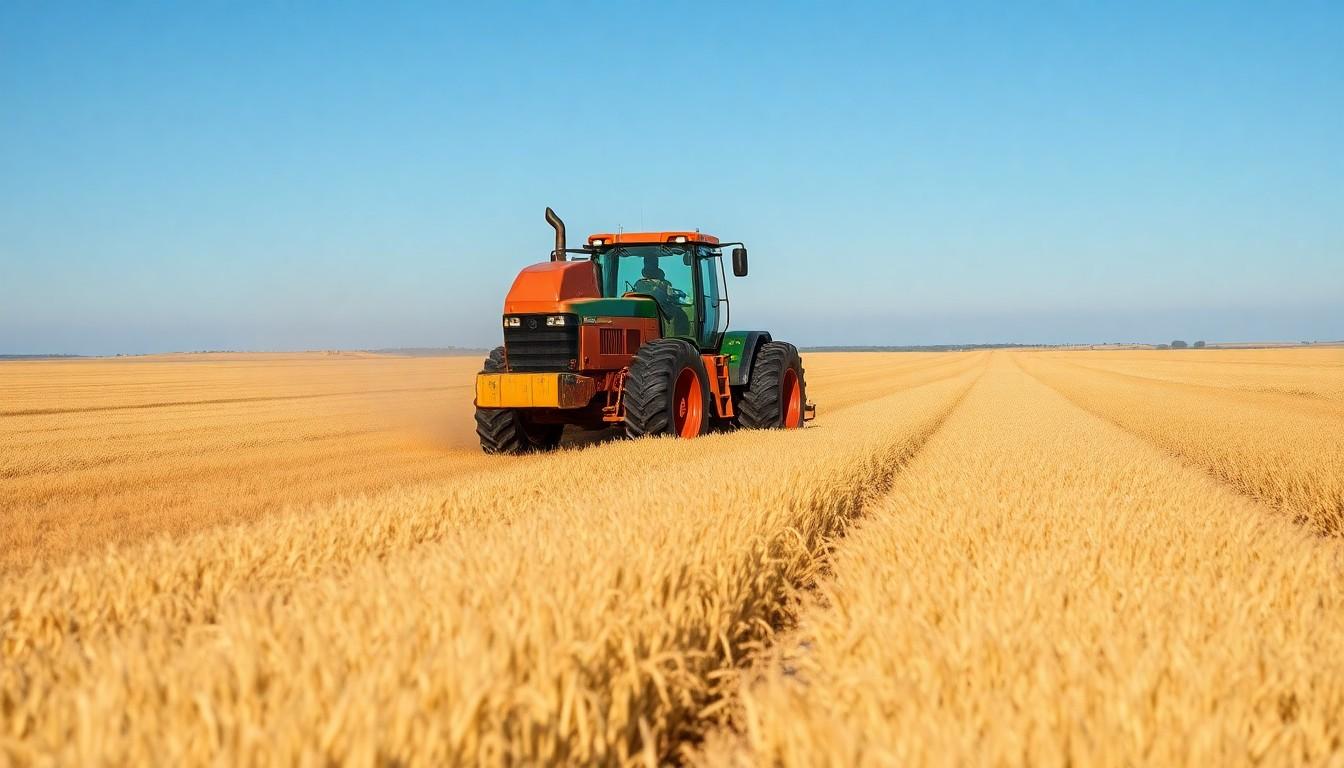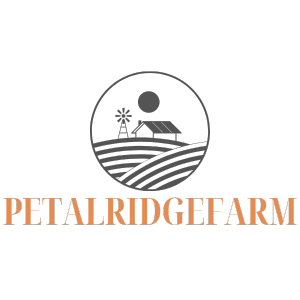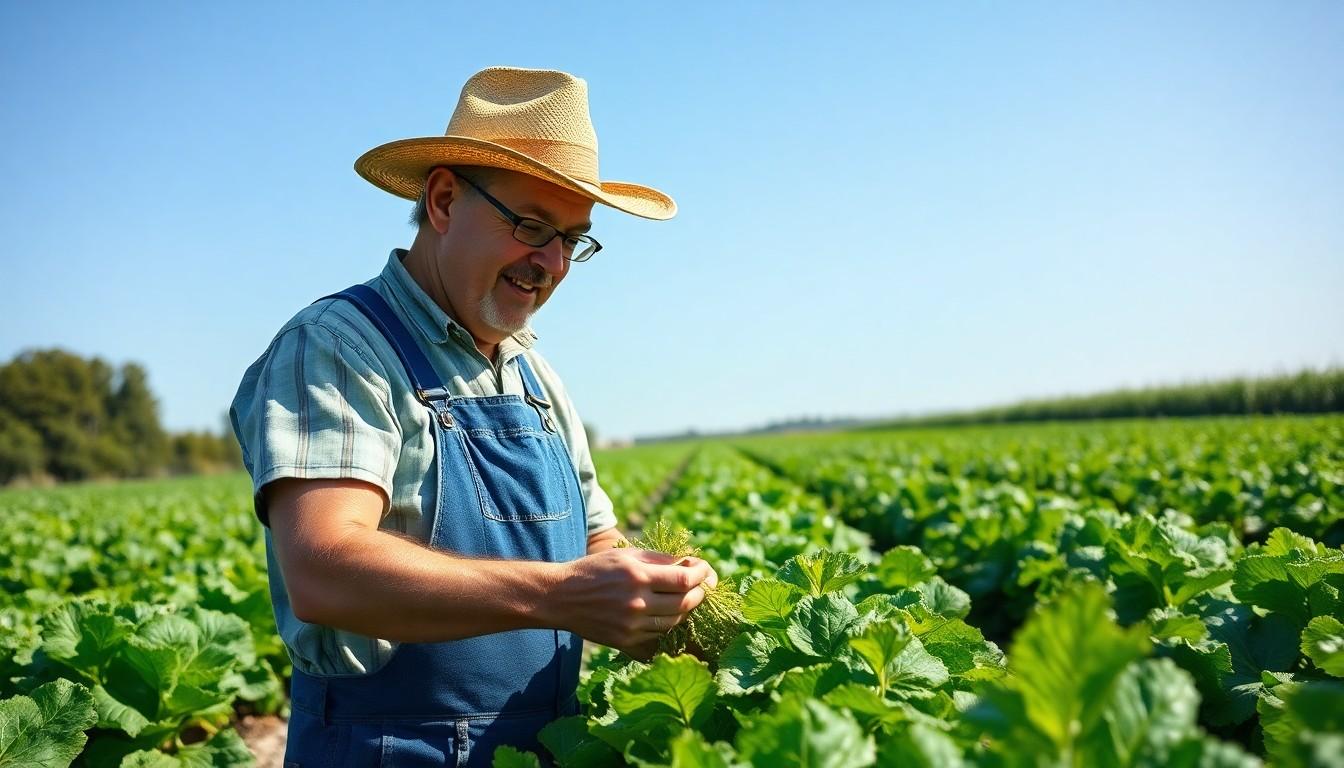When it comes to the great debate of organic farming, the question on everyone’s lips is whether it’s worth the extra bucks. Picture this: you stroll through the grocery store, eyeing those pristine organic veggies that practically glow with health. But then you see the price tag and wonder if they’re sprinkled with gold dust. Is that higher cost just a fancy label or a ticket to better health?
Organic farming often comes with a premium price, but it’s not just about the dollars and cents. It’s about sustainability, environmental impact, and a commitment to quality. So, is organic farming truly more expensive, or is it just a case of perception? Buckle up as we dig into the nitty-gritty of organic farming costs and uncover what’s really behind those price tags.
Is Organic Farming More Expensive
Organic farming emphasizes sustainable practices and environmental stewardship. This method avoids synthetic pesticides and fertilizers, relying instead on natural inputs. Farmers utilize crop rotation, composting, and biological pest control to promote soil health and biodiversity.
Certified organic products must meet specific standards set by organizations like the USDA. These regulations ensure that farmers adhere to stringent guidelines throughout the production process. Compliance with these standards often involves a higher level of management and operational oversight, which contributes to increased costs.
The cultivation of organic crops yields varying financial impacts compared to conventional farming. Organic farmers typically face higher expenses related to labor, organic seed, and pest management techniques. Despite these costs, market demand for organic products has risen significantly, compelling farmers to adapt their practices to meet consumer preferences.
Consumers often perceive organic foods as healthier and more environmentally friendly. Studies indicate that organic produce may contain higher levels of certain nutrients and antioxidants. However, the nutritional differences are subject to ongoing debate among researchers.
Farmers incur costs not only from higher input prices but also from the longer transition period when converting from conventional to organic farming. This transition can last three years, during which farmers may yield lower crop volumes. Financial support through grants and subsidies can help alleviate some of these burdens.
Despite the challenges, many find organic farming fulfilling. Community support plays a crucial role in the success of local organic farms, highlighting the importance of relationship-based marketing. Consumers who prioritize sustainability are often willing to pay a premium, further influencing market dynamics in the organic sector.
Costs of Conventional Farming

Conventional farming involves distinct costs that contribute to overall expenses. These costs often reflect a reliance on synthetic inputs and large-scale production techniques.
Inputs and Resources
Fertilizers and pesticides play essential roles in conventional farming. While these inputs can boost crop yields, they come with significant price tags. Data from the USDA indicates that the average cost for fertilizers alone can exceed $500 per acre annually. Additionally, conventional farmers often invest in machinery and technology to optimize production. Tractors, seeders, and irrigation systems require substantial initial and maintenance costs, leading to a consistent financial outlay to ensure efficiency.
Labor Expenses
Labor constitutes a major expense in conventional farming. Wages or salaries for farmworkers impact overall budgets directly. National Agricultural Statistics Service data shows that labor costs can consume up to 30% of total operating expenses. During peak seasons, hiring additional workers adds to this burden. Furthermore, mechanization may reduce labor needs but often necessitates higher upfront investment in equipment. As a result, the balance between labor and machinery must be carefully managed in order to sustain profitability.
Is Organic Farming More Expensive?
Organic farming often comes with higher costs compared to conventional methods. These increased expenses stem from a variety of factors, including stricter regulations and resource demands.
Initial Investment
Transitioning to organic farming requires significant initial investment. Organic farmers must allocate funds for organic seeds, certifications, and sustainable practices, which often leads to a higher startup cost. Labor-intensive methods also demand more time and resources. For instance, soil management and pest control can be more costly compared to synthetic alternatives. Purchases for specialized equipment add to these initial financial burdens. Despite these costs, a commitment to organic farming offers an opportunity to build a customer base that values sustainably grown products.
Long-Term Financial Benefits
Long-term financial benefits often offset the initial investments made in organic farming. Organic farmers frequently command higher prices for their produce, attracting consumers willing to pay a premium. Sales of organic products reached nearly $62 billion in the United States as of 2021. Such market growth can drive profitability over time. Crop rotation and enhanced soil health from organic practices can lead to increased yields and lower input costs in the long run. Farmers who invest in their operations may find that the commitment to organic methods pays off through sustained customer loyalty and improved market positioning.
Comparing Yields and Productivity
Organic farming and conventional farming produce different yields and levels of productivity. Organic farmers often experience lower initial yields during the transition phase. Organic practices, which include crop rotation and natural pest control, can improve soil health over time. Enhanced soil can lead to increased yields in subsequent years.
Research indicates that organic crops generally yield 20% to 30% less than conventional crops during the early years. Studies show that organic farming methods may benefit from increased resilience against extreme weather over time. Consequently, this resilience can improve productivity during adverse conditions.
It’s essential to acknowledge that yield differences can vary based on factors such as crop type, geographic location, and farming practices. Organic vegetables and fruits tend to require more labor and careful management, which can impact overall productivity when compared to conventional farming techniques.
Farmers pursuing organic methods may invest more upfront to achieve long-term gains. Understanding the balance between initial lower yields and future productivity plays a crucial role in assessing organic farming’s viability. While organic farmers often face challenges in the short run, successful adoption of organic practices can lead to sustainable benefits.
Data from 2021 highlights that U.S. organic product sales reached nearly $62 billion, indicating strong market demand. Consumers show a willingness to support organic farming despite higher prices. Successful organic farms frequently cultivate customer loyalty, driven by a commitment to sustainability and quality that resonates with consumers.
Shifts in market dynamics continue to favor organic practices, emphasizing the importance of assessing both yields and long-term productivity in the ongoing evaluation of organic farming’s economic impact.
Consumer Perspectives on Organic Pricing
Consumer opinions on organic pricing often vary. Many view organic products as a healthier choice, which justifies paying a premium. This perception stems from studies suggesting that organic produce contains higher levels of nutrients and antioxidants. Skepticism persists, however, as some consumers question if the added cost truly reflects superior health benefits.
Several consumers prioritize sustainability in their purchasing decisions, feeling that an investment in organic products supports environmentally friendly practices. Increased awareness of agricultural issues heightens this trend. They associate organic farming with reduced synthetic pesticide use and improved soil health.
Price sensitivity influences purchasing habits significantly. Some consumers may opt for conventional products to save money, especially if they’re uncertain about the health advantages of organics. Eating organic can come at a cost, with organic vegetables often priced 20% to 100% higher than their conventional counterparts.
Economic factors shape the willingness of consumers to buy organic. Many are willing to pay more if they believe in the environmental mission behind organic farming. Education about the impact of conventional farming amplifies this willingness.
Not all consumers perceive these price differences as justified. Some see organic pricing as a marketing strategy rather than a reflection of true costs. Others highlight the challenge of accessing organic options in lower-income areas.
Shopping preferences also reflect an evolving market dynamic. As demand for organic products rises, retailers may seek ways to make them more accessible while balancing their pricing. The understanding of organic pricing will continue to evolve alongside consumer education and market trends.
Complex Landscape
Organic farming presents a complex landscape of costs and benefits. While the initial expenses may be higher due to stringent regulations and sustainable practices, the long-term advantages often outweigh these challenges. Increased consumer demand for organic products drives market dynamics, encouraging farmers to adapt and thrive.
The perception of organic foods as healthier and more environmentally friendly continues to influence purchasing decisions. As consumers become more educated about the benefits of organic farming, the willingness to invest in these products may grow. This evolving market not only supports organic farmers but also promotes a more sustainable agricultural future.

